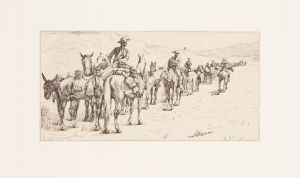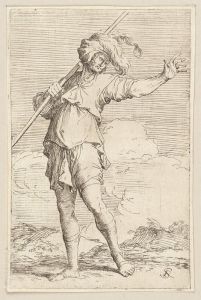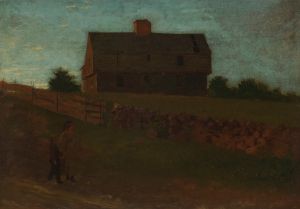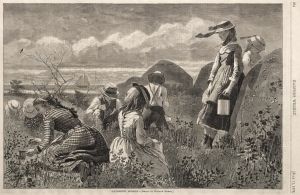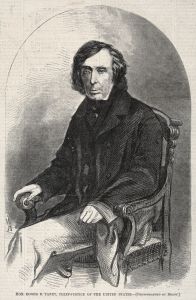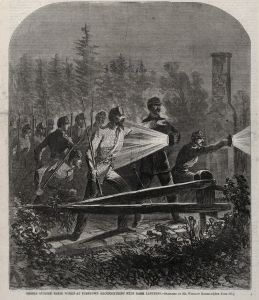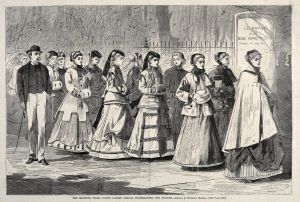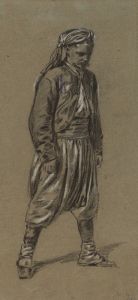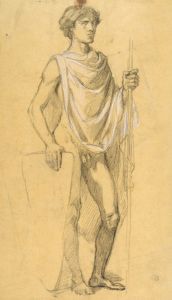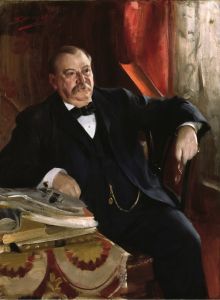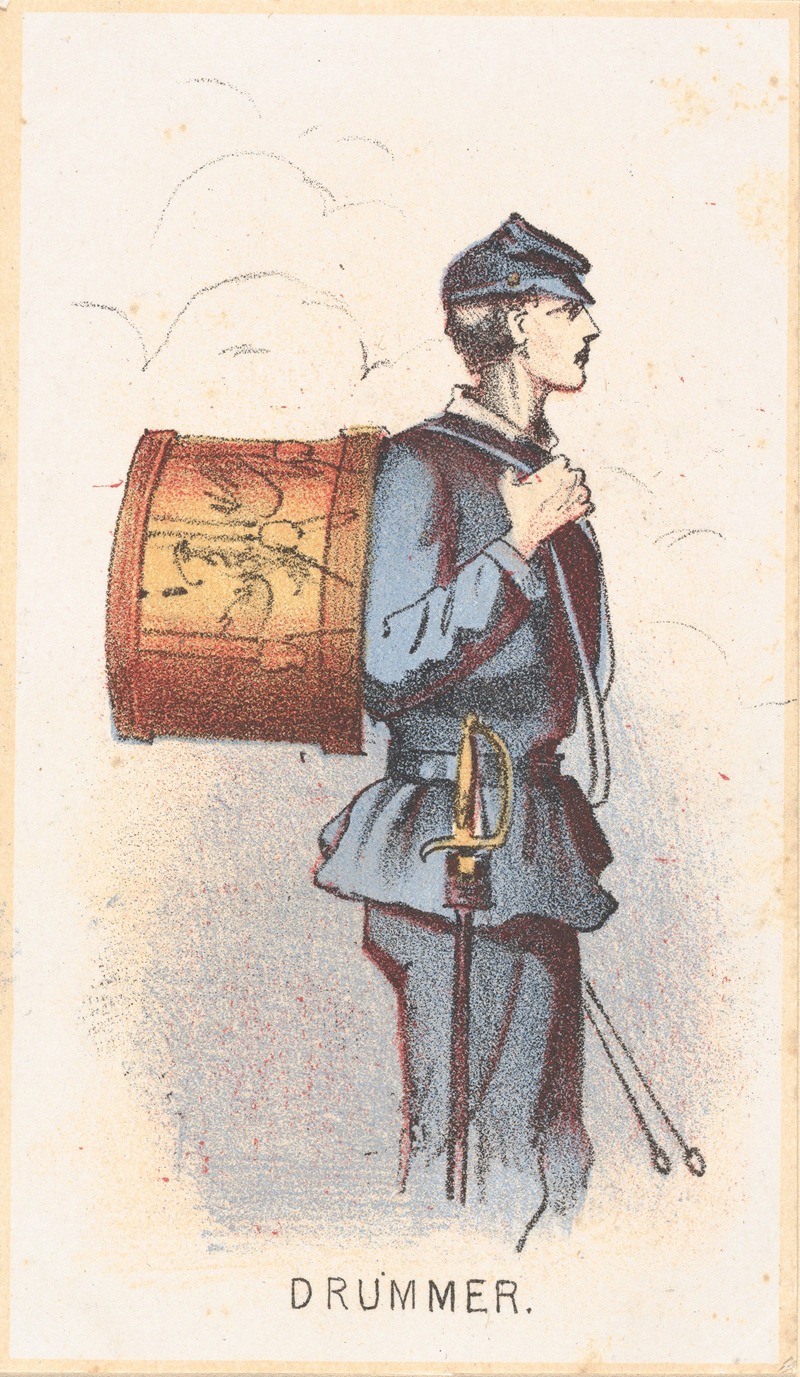
Drummer
A hand-painted replica of Winslow Homer’s masterpiece Drummer, meticulously crafted by professional artists to capture the true essence of the original. Each piece is created with museum-quality canvas and rare mineral pigments, carefully painted by experienced artists with delicate brushstrokes and rich, layered colors to perfectly recreate the texture of the original artwork. Unlike machine-printed reproductions, this hand-painted version brings the painting to life, infused with the artist’s emotions and skill in every stroke. Whether for personal collection or home decoration, it instantly elevates the artistic atmosphere of any space.
Winslow Homer, an American artist renowned for his landscape and marine subjects, created "Drummer" during the 19th century. This artwork is a testament to Homer's skill in capturing the essence of American life and his ability to convey emotion through his subjects. While specific details about "Drummer" are limited, it is known that Homer often depicted scenes from the American Civil War, which could provide context for this particular piece.
Homer began his career as a commercial illustrator and gained recognition for his work as a war correspondent during the Civil War. His illustrations for publications such as Harper's Weekly brought the realities of war to the public, and his experiences during this time significantly influenced his artistic development. The theme of drummers was common during the Civil War era, as drummers played a crucial role in military life, providing signals and maintaining morale among troops.
In his artworks, Homer often focused on the human element, capturing the everyday lives and struggles of individuals. If "Drummer" is indeed related to his Civil War works, it likely reflects his interest in the personal stories of those involved in the conflict. His ability to depict the subtleties of human expression and the atmosphere of the moment is a hallmark of his style.
Homer's technique evolved over the years, moving from the detailed realism of his early illustrations to a more fluid and expressive style in his later paintings. He was adept at using both oil and watercolor, and his mastery of light and shadow added depth and emotion to his works. While specific details about the medium and style of "Drummer" are not readily available, it is likely that the piece exhibits some of these characteristics.
Throughout his career, Homer was known for his keen observation and ability to convey the spirit of his subjects. His works often reflect a deep understanding of the American experience, whether through the lens of war, rural life, or the power of nature. "Drummer," like many of his pieces, would have been informed by his direct experiences and observations, lending authenticity and resonance to the work.
Winslow Homer remains a significant figure in American art history, and his works continue to be studied and admired for their technical skill and emotional depth. While specific information about "Drummer" is limited, it can be appreciated within the broader context of Homer's oeuvre and his contributions to American art. His legacy is marked by his ability to capture the essence of his time and the enduring human spirit, qualities that are likely reflected in "Drummer" as well.





